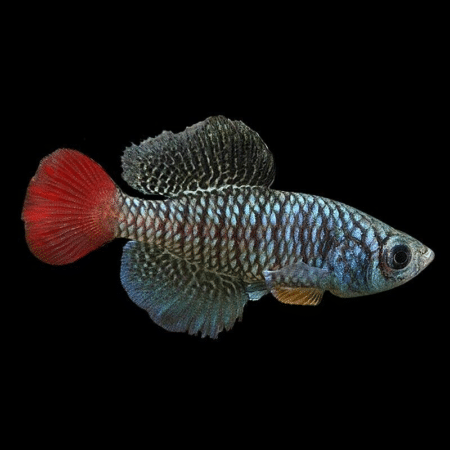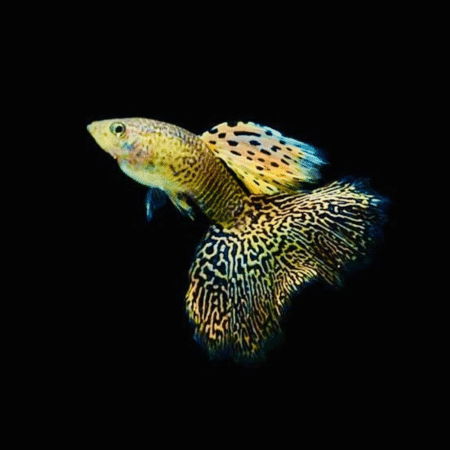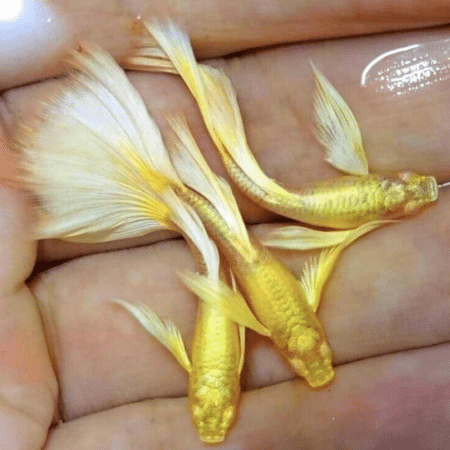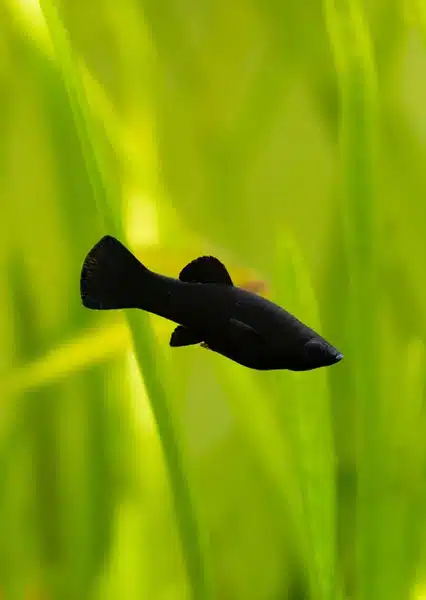To provide the best experiences, we use technologies like cookies to store and/or access device information. Consenting to these technologies will allow us to process data such as browsing behaviour or unique IDs on this site. Not consenting or withdrawing consent, may adversely affect certain features and functions.
The technical storage or access is strictly necessary for the legitimate purpose of enabling the use of a specific service explicitly requested by the subscriber or user, or for the sole purpose of carrying out the transmission of a communication over an electronic communications network.
The technical storage or access is necessary for the legitimate purpose of storing preferences that are not requested by the subscriber or user.
The technical storage or access that is used exclusively for statistical purposes.
The technical storage or access that is used exclusively for anonymous statistical purposes. Without a subpoena, voluntary compliance on the part of your Internet Service Provider, or additional records from a third party, information stored or retrieved for this purpose alone cannot usually be used to identify you.
The technical storage or access is required to create user profiles to send advertising, or to track the user on a website or across several websites for similar marketing purposes.















Emily Carter (verified owner) –
I recently purchased the 4 X Black Mollies (Poecilia sphenops) for my 20-gallon tank, and I couldn’t be happier! After just two weeks, these little guys have settled in beautifully. They’re so lively and have quickly become the stars of my aquarium. Their shiny black coloration really stands out against the plants and substrate, creating a striking visual in my setup.
What I love most about these livebearers is their friendly demeanor. They get along well with my other fish, and it’s fascinating to watch them interact. Compared to other mollies I’ve had in the past, this batch appears healthier and more vibrant, which speaks volumes about their care before arriving.
One minor concern is that they are quite active, so make sure your tank has ample swimming space. I’d recommend these black mollies for anyone looking for an easy-going fish that adds character to an aquarium. If you’re a beginner or an experienced aquarist, this species is a fantastic addition. Trust me, they’ll bring joy to your daily routine! Highly recommend this product for any fish lover!